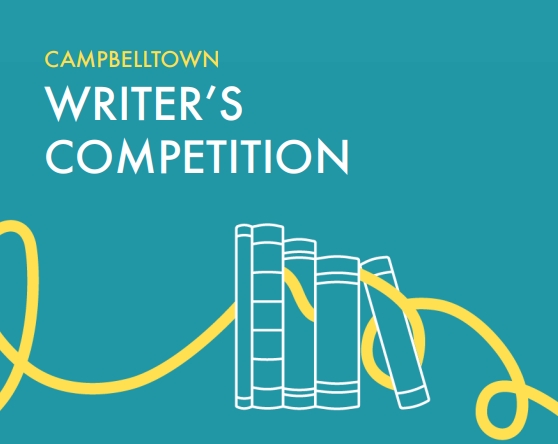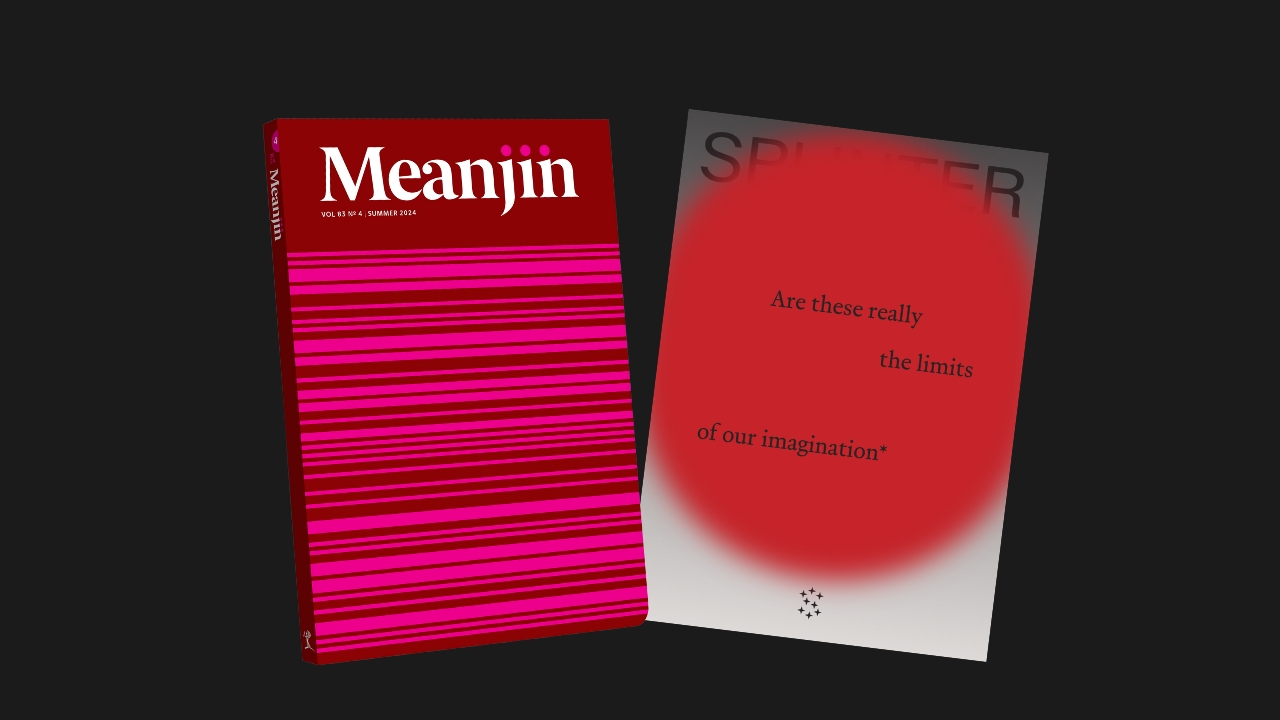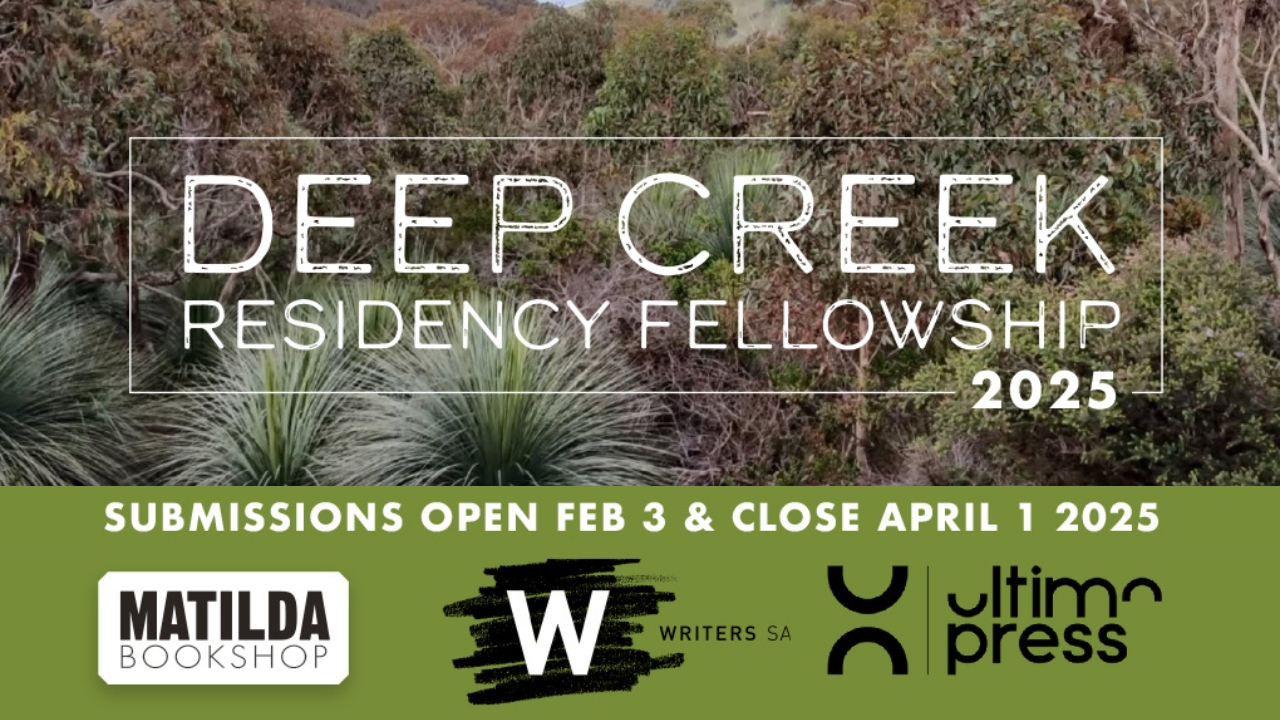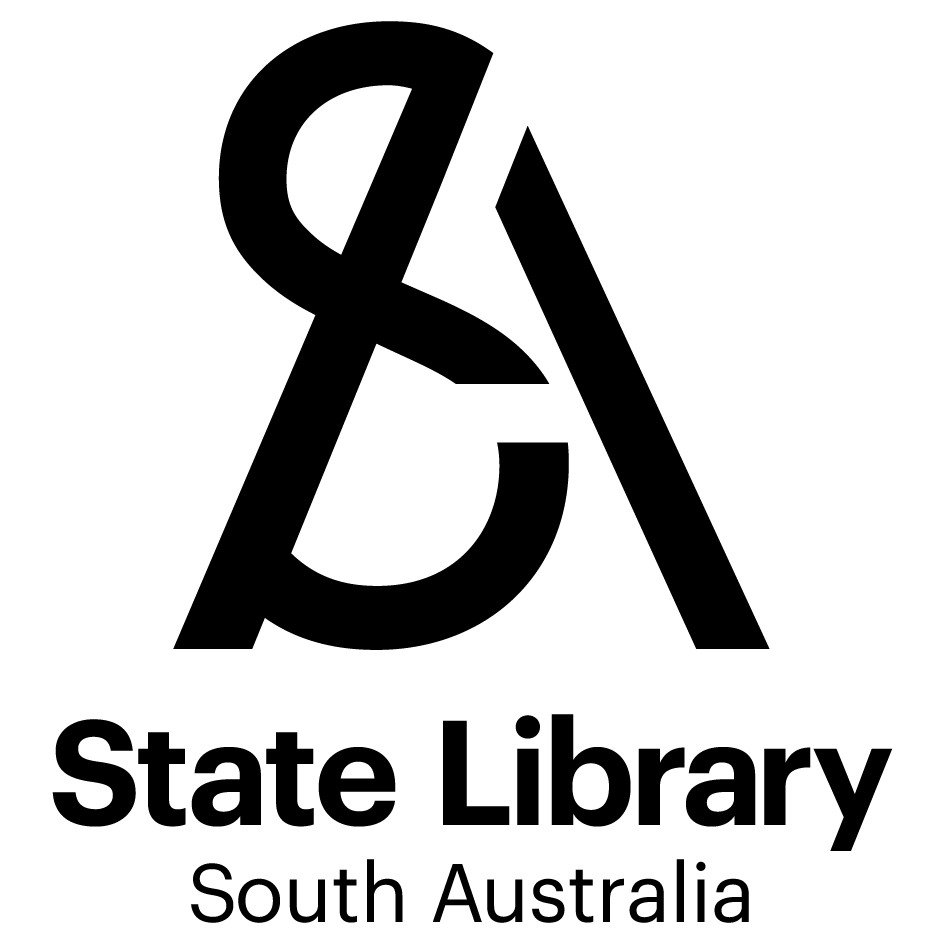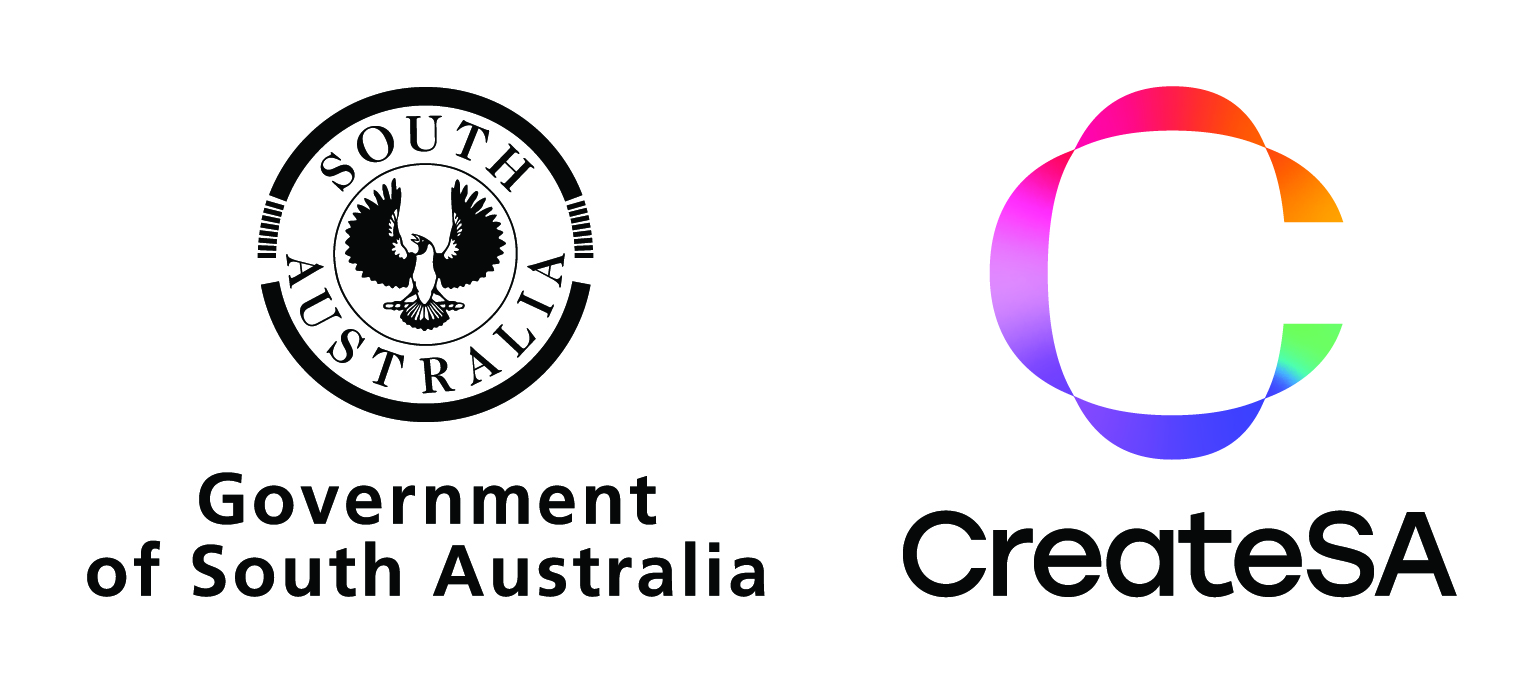There are two types of writers in the world: plotters and pansters (which, for the uninitiated, stands for a person who writes ‘by the seat of their pants’). Apparently.
Okay, so no two plotters are exactly alike—and vice versa. That’s why there’s so much fun to be had on the Internet, learning new ways to plan your novel. Here are some super handy tips and techniques for plotters to get your writing booming along:
The Three Act Structure: this is your “go to” plot structure. It’s easy to use, hugely popular, tried and tested. The Three Act Structure can be a great starting point for even the most complex of plot-driven stories. Janice Hardy does a great post about it here.
The Hero’s Journey (aka Monomyth): here’s another great structure to help you plot out your novel. Introduced in 1940 by Joseph Campell The Hero’s Journey is a reliable narrative formula that is used in a lot of action and fantasy stories. Again, if you watch films or read books you’ll already be pretty familiar with it. Janice Hardy also provides a good description on The Hero’s Journey on her blog.
Beat Sheets: beat sheets are a great way to plan all your scenes, predict your word count, track the purpose for each scene, sorting your scenes into chapters, and write down a description for each scene that will keep you focussed later on. Jamie Gold does a comprehensive blog about it here. She also has a bunch of different beat sheets in her resources for writers.
The Snowflake Method: this method is all about making your novel easier to write. It starts with general statements and ideas, narrowing them down to the nitty gritty details. When you actually start to write the novel, you’ll know everything there is to know about it. Read Randy Ingermanson’s wildly popular blog post about The Snowflake Method here.
Put your plotting to the test in our Creative Writing 101 workshop.
Mind Maps: sometimes it’s the oldest tricks that work the best. Put your title, concept, word count or anything else that inspires you in the middle of the page/whiteboard and work from there. Here’s a list of mind mapping apps if you want to get tech savvy.
Scene Cards: write down all your scenes on a card, and then plot them out on the ground or a table. You’ll be able to see the holes before you come to them and be able to fix them. It’s a visual way of plotting. This one can be done online too – here’s a website that will help you out.
Scrivener: if you are a plotter and you haven’t yet discovered Scrivener, your free trial is just a click away. Your scenes will look like post-it notes on a corkboard. You can organise your scenes into folders, have everything labelled a dozen different ways, write scene descriptions, use research and brainstorming folders—all within the program where you’re writing your novel. Basically, it’s your organisational safe place. Find it here.
A final note on plotting: don’t forget to plot character motivation, emotion, subplots, foreshadowing and anything else that is crucial to your story! It’s not just action and events that will shape how your story plots.
Sarah Gates is a young adult and romance writer. She is the author of Love Elimination, which will be published by Harlequin MIRA in 2016.

